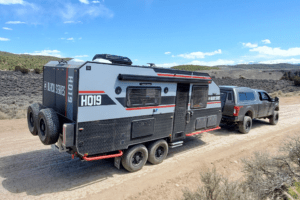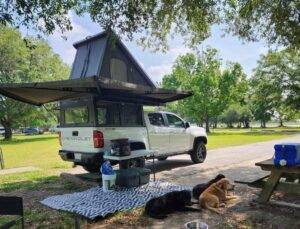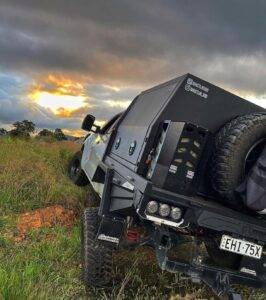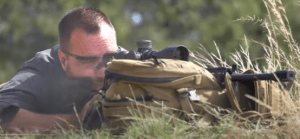Pro Tips for Improving Your Deer Hunting This Fall
Article Written By; Ross Burgess,
Deer hunting will come in many forms this fall. Every year, hunters with a variety of backgrounds and interests enter the woods eager to welcome the return of deer season. No matter what kind of hunter you are or what method you use, these pro tips will help you improve your deer hunting this fall.
Summer is an appropriate time to start thinking about the return of the season because there are things you can do now to improve your chances of bagging that perfect buck during the fall months.
What You Can Do Now
Check local regulations
It may seem obvious, but the most important thing you can do to ensure hunting success is making sure you’re in compliance with local regulations. No hunt should take place without proper licensing, permits, and hunter’s education classes; failing to do so can lead to stiff penalties including court appearances and fines.
 Most state governments have a website for their Wildlife Resources Division or Department of Agriculture. There, you’ll find the most current information about hunting seasons and licensing requirements.
Most state governments have a website for their Wildlife Resources Division or Department of Agriculture. There, you’ll find the most current information about hunting seasons and licensing requirements.
Work on your marksmanship
It goes without saying you want to hit your intended target, but doing so accurately ensures a clean, quick kill. Those clean kills translate into tastier meats and better mounts.
Luckily marksmanship is something that can be worked on year-round, but try not to just concentrate on the basics at the range because lots of additional factors affect your real hunting shot. Whenever possible, practice shooting in the field to see how clothing, weather, equipment, and stance all affect your accuracy.
Scout the grounds
Good preseason scouting is one of the most underutilized ways of ensuring a bountiful fall. The information you gather now will help you determine how and where you want to set up later, so don’t just hike your hunting grounds. This can be achieved by hiking the trails, or by using game cameras.
If game cameras aren’t an option, then make sure to go out each time with a specific goal in mind. Take notes and keep detailed records. Bring a GPS to record especially helpful waypoints and trails.
The goal here isn’t necessarily to see bucks, note things such as tracks, rubs, scrapes, and droppings. Track herd numbers, and learn your deer’s eating habits. You’ll be able to tell how many mature bucks to expect in fall, and narrow down their preferred grazing areas.
Understand the rutting process
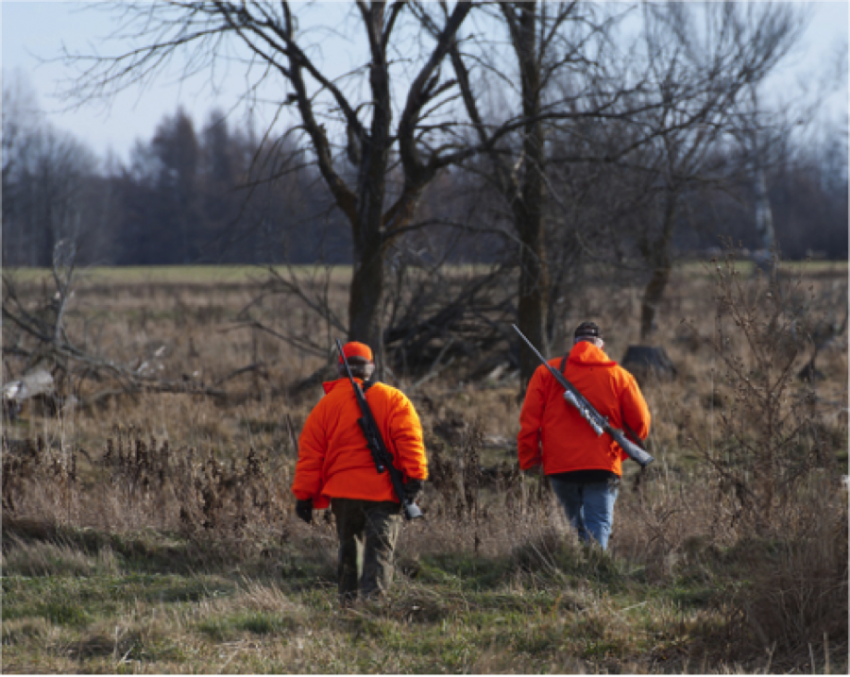
The term “rut” is often used to indicate the peak of the breeding season when hunters catch bucks chasing and tending to females, but it encompasses the entire reproductive process. Understanding this process is key to unlocking the deer’s behavior throughout the season. And doing so will tell you what to look for during your scouting missions and during the actual hunt.
All deer go through the same general process, but timing is largely determined by species and temperature. Northern states such as Oklahoma experience peak rut in mid-November while southern states such as Florida may reach peak rut as late as January.
Rubbing is the first sign of rut. You’ll notice small trees and bushes have marks where the buck has rubbed his antlers and forehead. Later in the season, you’ll find scrapes on the ground, often near broken low-hanging branches. Three scrapes are made by the buck pawing at the urine-soaked ground.
In the fall, you’ll execute your summer plan, but there are a few specifics to keep in mind.
What to Concentrate On In the Fall
Optimize stand placement
If you completed thorough pre-season scouting, then you’ll have little trouble deciding where you want to set up. Have a few locations picked out so you spread hunting pressure; the last thing you want is for your game to become aware of your presence.
With that in mind, your primary location should be near new, visible signs of deer. Another good primary location is along the travel route to and from the deer’s feeding or bedding areas. No matter what location you choose, it should be downwind of where you expect the deer to emerge.
You’ll need to strike a balance with the amount of foliage you want nearby. On the one hand you need to see your game to get a good shot, but you can’t risk them seeing you first. An optimal stand allows you to see as much area as possible without being seen.
Cover your scent
As prey animals, deer’s lives truly depend on identifying and fleeing potential danger. They do this through a supremely powerful sense of smell. It’s about 600 times more sensitive than ours, so covering your scent cannot be stressed enough. A variety of high- and low-tech methods exist to mask your scent. Clothing and sprays are your most convenient choices.
 Start by using fragrance-free, phosphate-free soaps to clean your hunting gear. Wash those clothes separately from your regular clothes. It’s also a good idea to wear gloves when packing your gear to prevent odor transfer onto clean garments. This combined with Scent-Lok clothing does an excellent job of keeping your natural odors under control. Sprays can be added on from there.
Start by using fragrance-free, phosphate-free soaps to clean your hunting gear. Wash those clothes separately from your regular clothes. It’s also a good idea to wear gloves when packing your gear to prevent odor transfer onto clean garments. This combined with Scent-Lok clothing does an excellent job of keeping your natural odors under control. Sprays can be added on from there.
The question becomes whether you want to draw deer to you or simply mask your own odor. Masks are scents like pine that make you blend in with the environment. Alternatively, you may decide to use concentrated food smells or estrous-scent to draw a buck closer.
Covering your scent goes beyond your person. Don’t forget about your stand or blind, or anywhere you’ll be spending lots of time. For those places, you may want to invest in an ozone creator. They can be a bit more expensive than sprays and clothing, but the investment is worth it if you intend to stay in a specific area.
Dress for concealment
You can’t bag a deer if he sees you first, so make sure you wear full camouflage except for the required amount of high-visibility orange. Though there’s some debate about how much an advantage this provides, full camouflage gives you the best chances of blending into your environment.
Whether you’re heading into the woods this fall for the first time, or the thousandth these tips are sure to help you improve your deer hunting for the upcoming season. Remember, start early by gathering materials, working on marksmanship, and scouting your areas. Then stay on alert in later months by optimizing your location, covering your scent, and dressing for concealment.
Author Bio:
Ross is the content manager at eKnives and enjoys waxing green heads and eating venison jerky.

